#imperial russian fashion
Text

Portrait of Maria Ivanovna Kochubey-Baryatinskaya, Christina Robertson. 1840s.
#aesthetic#art#art history#fashion#historical fashion#historical art#women in art#victorian#women#victorian aesthetic#1840s#1840s hairstyles#1840s fashion#early victorian period#imperial russian fashion#imperial Russia#russian nobility#nobility aesthetic#royalty aesthetic#royal fashion
854 notes
·
View notes
Text
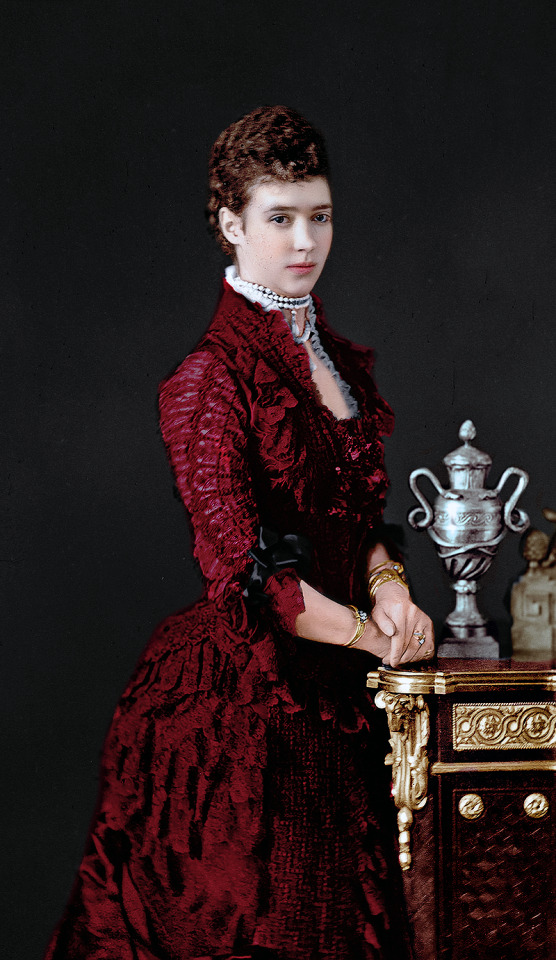
Empress Maria Feodorovna of Russia (Princess Dagmar of Denmark), mother of the last Russian Tsar, early 1880s.
#russian imperial family#imperial russia#imperial family#romanovs#victorian#colored photography#history colored#empress maria feodorovna of russia#empress maria of russia#empress maria feodorovna#princess dagmar of denmark#dagmar of denmark#danish royal family#danish royalty#1880s fashion'#1880s#1882
142 notes
·
View notes
Text

• Veil with Russian Imperial Family Coat of Arms.
Place of origin: Belgium
Date: 1875–1900
Medium: Cotton, needle lace of a type known as "Point de Gaze".
#fashion history#history of fashion#fashion#19th century fashion#19th century#1900's#veil#russian imperial family#Russia#coat of arms#belgium#point de gaze#1875#1900
1K notes
·
View notes
Text
Kokoshnik belonging to one of the Grand Duchesses, worn in their 1911 formal photographs

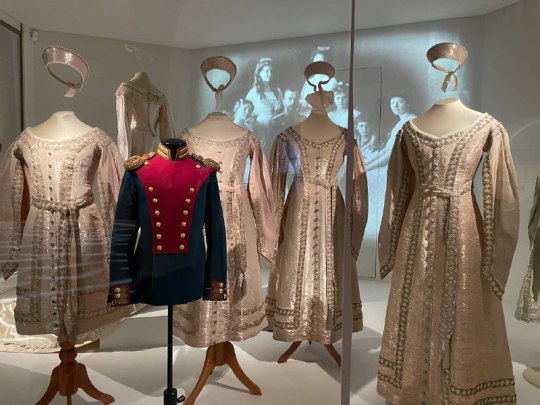

These simple, yet elegant, kokoshniki of pink fabric and pearls were worn by the Grand Duchesses alongside their pink miniature court dresses. All four kokoshniki and dresses have survived, and are currently owned by the State Museum of Fine Arts Tsarskoe Selo. They are exhibited at the Hermitage Museum's new display, OTMA and Alexei, with their original dresses.
Photos: S.M.O.F.A.T.S., romanovsonelastdance, na_koleni_Moscow
#20th century fashion#olga nikolaevna#tatiana nikolaevna#maria nikolaevna#anastasia nikolaevna#OTMA#romanov#romanov sisters#possessions#dresses#kokoshnik#women's history#fashion history#imperial russia#russian history#20th century#image desc in alt text#museums#artefacts#history
67 notes
·
View notes
Text
𝚃𝚊𝚝𝚒𝚊𝚗𝚊'𝚜 𝚄𝚗𝚒𝚏𝚘𝚛𝚖 - 𝙿𝚛𝚘𝚓𝚎𝚌𝚝 𝙸𝚗𝚝𝚛𝚘𝚍𝚞𝚌𝚝𝚒𝚘𝚗
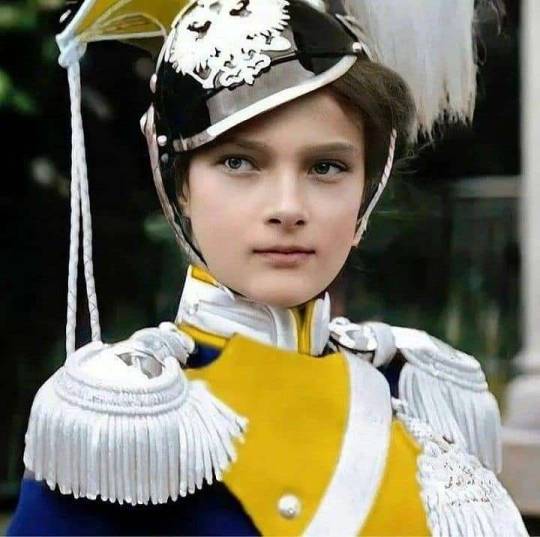

This particular project will be a blend of two things - Grand Duchess Tatiana's Ulan uniform and a late Victorian walking suit [meaning the skirt will be changed from an asymmetrical riding habit skirt to an 1890s fan skirt, and the jacket will be cut to a curvier profile]. The patterns for the both the jacket and skirt will be entirely self-drafted based on the original photos shown above.
Let's go over the materials:
For the body of it, I chose a medium-heavy weight [450 gsm] English herringbone tweed in 'Dark Navy'. This totaled to 6 metres. The yellow front is also of tweed, but this time a plain weave and only 1/2 a metre. They are pictured below along with silver dome buttons and an antique fob necklace, because who doesn't need one of those.
Additional materials such as trims for the collar and cuffs, as well as the belt, will be shared in a future post.
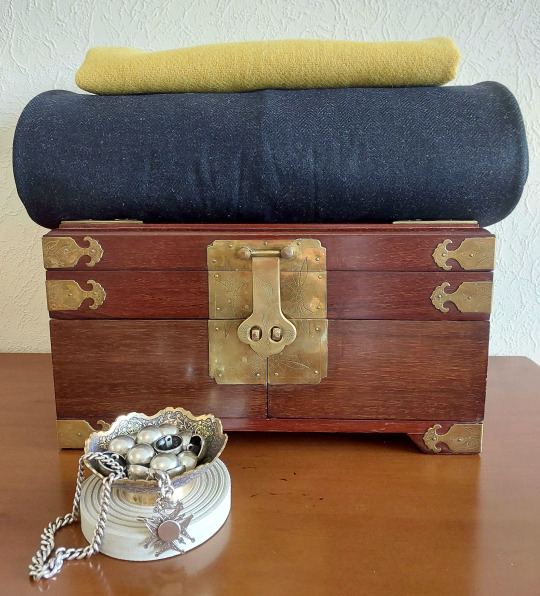
Photos are not mine [except for last one], I found them on Pinterest.
#victorian era#victorian#victorian fashion#1890s#1890s fashion#1890s dress#historical fashion#historical costuming#costuming#imperial russia#grand duchess tatiana#russia#russian history#romanov
21 notes
·
View notes
Text
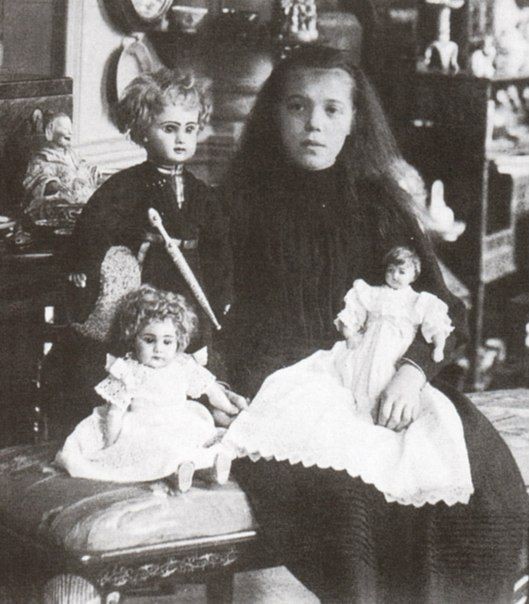
🎀⚜️ Grand Duchess Olga Alexandrovna Romanova of Russia (and her dolls) in Gatchina, 1894. ⚜️🎀
#olga alexandrovna#grand duchess olga alexandrovna#gatchina#1890s#1894#romanovs#romanov#russian imperial family#rif#aesthetics#royal aesthetic#romanov belongings#dolls#fashion#royal fashion
46 notes
·
View notes
Photo




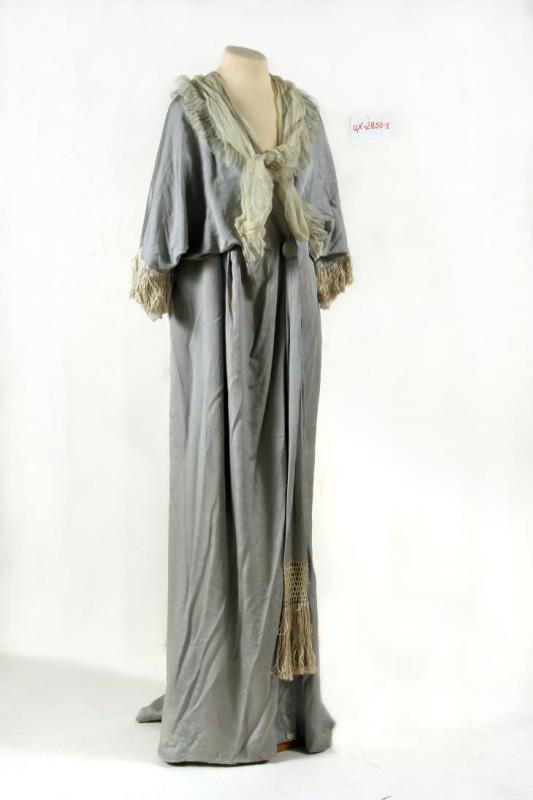
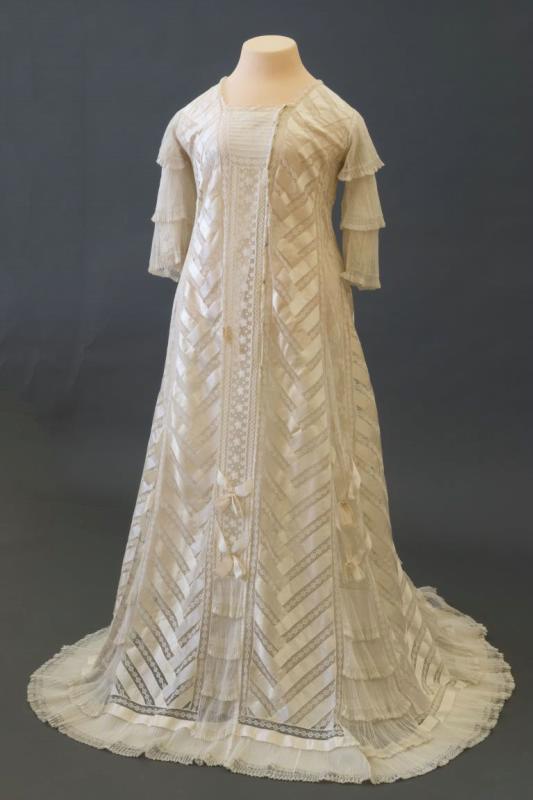


Clothing of Empress Alexandra Feodorovna of Russia (1872 - 1918)
________________________________________________________________
Source: Gosfond (State Museum Catalogue of the Museum Fund of Russia)
Link of courtesy: www.goskatalog.ru
#fashion#edwardian clothing#dresses#dress#romanov#imperial russia#empress alexandra feodorovna#alix of hesse#russian archival material
105 notes
·
View notes
Text


Tzarevna Maria Feodorovna in a riding outfit (1827 - 1928)
These photos were taken at one of the Imperial hunting lodges after the Tzarevna and Tzarevich Alexander III were married. But there is a short anecdote involving a similar picture from before they married (please note it is purely apocryphal.)
As you may know, when Princess Dagmar of Denmark's fiance, Tsarevich Nicholas Alexandrovich (Nixa), died, before their wedding, his parents had already developed so much affection for Dagmar, that they proposed that she married the new Tzarevich, their second son Alexander Alexandrovich. Eventually, the legend emerged (or it may very well be a fact, it is not known for sure) that Nicholas (Nixa) on his deathbed, had asked Sacha and Minnie to clasp hands and promise to marry after he died.
Neither of them took to the idea immediately, least of all the new Tsarevich Alexander, who was very much in love with one of his mother's maids-of-honor, Princess Marie Elimovna Mestchersky. He even refused to go to Denmark to ask for Minnie's hand and wanted to renounce his place in the succession. But his father sent his sweetheart away and ordered him in no uncertain terms to go to Copenhagen and do his duty. And he did.
Although Sacha had already met Dagmar, he asked her for a photograph wearing a tight riding outfit. That was no problem for Minnie, who was pretty, well-shaped, and a magnificent horsewoman.
I guess he liked the picture.
#Russian history#romanov dynasty#imperial russia#Emperor Alexander III#Empress Maria Feodorovna#vintage photographs#equestrian fashion
18 notes
·
View notes
Text
If my Romanov books actually arrive on July 17th I'll laugh
8 notes
·
View notes
Text
Originally Darkness Falls was to be a twelve-part series:
But after looking back over High Cost of Living and some of the Death and Tim Hunter scenes, I decided to incorporate them with this AU's Death. And to expand the last part significantly to incorporate aspects of that one scene from The Books of Magic.
The first eight parts of sixteen were at that higher/cosmic level, the second half incorporates views from the 'lower deck' and includes how ordinary people, as well as superheroes, deal with the world where Death died in 1916 and a direct glimpse at cultural effects.
It's not quite what TV Tropes would call the Umasqued world where the whole veil on the supernatural falls given this is the DCU we're talking about here, but the whole impact of a sudden and abrupt implosion of death and dying that started on Earth and at the end of 1916 reached multiversal scale and affected every single one of the fifty-two earths and all of hypertime does not fade readily.
Comic book death is already weird enough in the regular DCU, in this particular version the death of Death made it much weirder and more unpredictable in its effects. Among the smaller changes are that the Lazarus Pits produce a kind of catatonia (meaning Ra's always comes to on his throne and there's a wee bit of a 40K Corpse Emperor vibe to him in post-Pit states and Jason Todd abruptly falls in and out of catatonia at unpredictable intervals), that the Blackest Night insofar as it happens happens vastly differently, religion and magic function very differently (the death of Death was an unintended hard reboot of magic at multiple levels and some of the dead gods and demons that resurrected never went back to the grave).
Also Adolf Hitler and the Nazis never took over Germany and the Bolsheviks never took over Russia, though there was still a second world war that started as a general European war and spilled over into a war in Asia (in reverse to history's pattern in reality) upon the death of Field Marshal Hindenburg, the Ottoman Empire is still alive and well in the 21st Century and facing both Jewish and Arab terrorists fighting for homelands and working together and shooting at each other impartially......
And the East Slav Federation (as greater Russia is called in this AU with quasi-independent Belarus and Ukraine and a Transnistria equivalent with Ruthenia) invented the atom bomb first because the Khozyain said "split the atom" and Russia didn't need to worry 'bout no measly budgets or accountability to the Duma.
The USA is in a global imperial rivalry with the East Slav Federation headquartered in Petrograd, (read: Greater Russia with a somewhat more competent Putinist type nationalism absent the USSR) as the British Empire was fatally weakened after the world wars and played the historical USSR role of backing the national liberation movements while the ESF played the US role in backing white supremacy.
So this is the geopolitical backdrop to the AU DCU's modern era, a Cold War very much active and like the historical version backed by a nuclear balance of terror where the USA started behind and then vastly outmatched the ESF at every possible quantitative and qualitative level (which the Russians are very much aware of and resent immensely), superhero organizations that are superpowers in their own right and more caught up in strife with villains who couldn't care less about Cold War rivalries save insofar as it suits a scheme to work with one or the other side, and the entire world aware that in 1916 for a year nothing was born and nothing died.
There are a bunch of different theories about what happened and why, but the occultists of the world all have the basic picture. That one Roderick Burgess, aspiring Aleister Crowley wannabe tortured Death to death in a basement and then reality nearly came unglued as the maddened things of the Source Wall had their fun just like they did the first time when Death left in the very dawn of time.
Christian fundamentalism is a virtually moribund because a very real apocalypse did happen with WWI and then Jesus *didn't* come back, though other brands of extremist cuckoo elements have taken their place. Among them cults of the Second, which means essentially that with the recognition of the overlap of the Year Without Death with the hidden occult teachings of a death deity who is life and death both and whose previous mishap led to the implosion of both, the dying goddess is worshiped in a manner that Death of the Endless is *very* aware of and detests.
#darkness falls au#worldbuilding#what happens if death of the endless dies in the middle of wwi?#death of the endless#well as it turns out a lot of very bad things#most of the historical 20th Century genocides never happened#other genocides took their place as a part of decolonization and Russian imperialism rebuilding itself#as well as the expansion of the us version and the usa being unscrupulous about national liberation movements much like the ussr#technically in this au's cold war the usa has some of the ussr's role and the esf is the usa but more grimdark#russian autocracy in a semi-liberal fashion is never going to accept the legitimacy of anti-colonial movements#the usa equally allows its national liberation movements opportunities it never intended to allow pocs and Black people at home#this creates a big mess for everyone that is much like reality
0 notes
Text
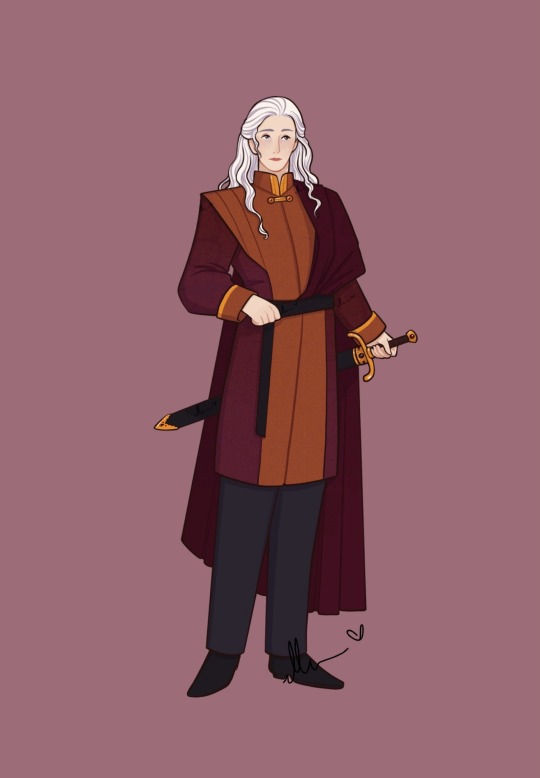
Viserys Targaryen
One of my least favorite characters from book 1, I was so pleased when he kicked the bucket. I've been hearing a lot about Byzantine fashion for Targaryens and I want to explore that more with my House of the Dragon redesigns so I went for some Byzantine drapery with some inspiration from Imperial Russian fashion that I used for my first Daenerys redesigns. I also made him look a little sickly and bitter, with red-purples rusted with bronze-golds.
I am the artist! Do not post without permission & credit! Thank you! Come visit me over on: instagram, tiktok or check out my coloring book \ („• ֊ •„) /
#viserys targaryen#viserys iii targaryen#redesigning game of thrones#asoiaf#valyrian scrolls#valyrianscrolls#a song of ice and fire#house targaryen#game of thrones#ellenart#lnart#character design#costume design#digital illustration#historically inspired
237 notes
·
View notes
Text
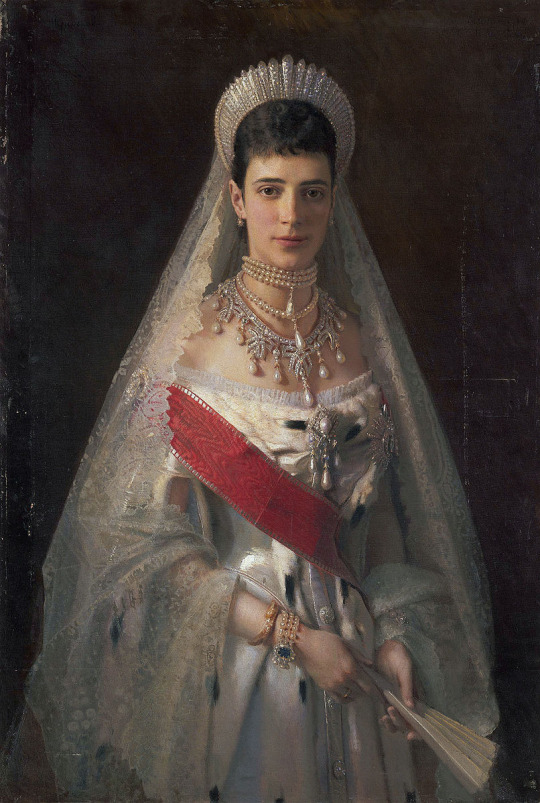
Portrait of Empress Maria Feodorovna, Ivan Kramskoj. 1881.
#aesthetic#art#art history#victorian aesthetic#fashion#victorian#gilded age#historical fashion#russian royals#danish royalty#imperial russian fashion#russian court dress#Russian fashion#Romanovs#historical art#maria feodorovna#dagmar of denmark#imperial Russia#Russian art#Russian history#russian imperial family#Romanov family#tsarina#tsarina Maria Feodorovna#women in art#historic fashion#kokoshnik tiara#kokoshnik
64 notes
·
View notes
Text

Empress Alexandra Feodorovna of Russia with her second child Grand Duchess Tatiana Nicholaievna of Russia, 1898.
#empress alexandra feodorovna#empress alexandra of russia#princess alix of hesse#grand duchess tatiana of russia#grand duchess tatiana nicholaievna#otma#romanovs#imperial children#imperial russia#russian imperial family#1890s#1898#1890s fashion#victorian#colored photography#history colored
168 notes
·
View notes
Photo

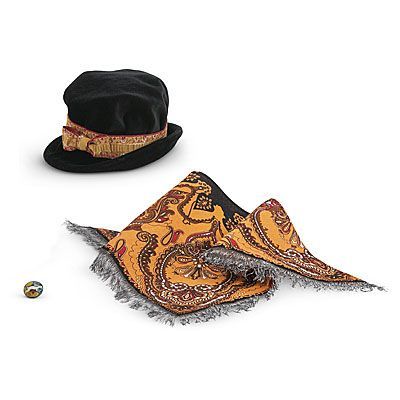

Rebecca Rubin is the daughter of Russian-Jewish immigrants living in New York City in 1914. So instead of being infuriated by the lack of extant children’s fashion from the 1900s, I can be infuriated by the lack of extant children’s fashion in the 1910s!
Fashion eras actually rarely fit tidily into decades. In the 1910s, you have the Titanic period from roughly 1908-1914, which is very elegant and still very Victorian, and then the WW1 proto-flapper era from 1914-1922, which is much more modern. Looking at the fashion of 1914, you can see the change happening. It’s actually a pretty radical era in fashion, and really interesting to see.

Rebecca’s fashion tends to lean more towards the modern, probably to help give her some separation from Samantha’s collection. Honestly Rebecca is probably my favorite of the modern collections (although that may change with Claudie).
Her original meet dress fits the fashion of 1914 pretty well.



Her brooch is Russian lacquer folk art depicting a rabbit. In the story, it’s a reference to Rebecca’s favorite Russian folk tale, the story of Clever Karina.

(Etsy)
The shawl is a traditional Russian pavlovo posad shawl, a treasured family heirloom.
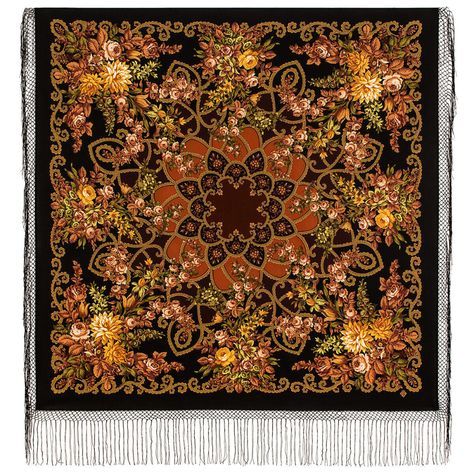
I haven’t been able to find antique examples of Russian folk crafts, and I also haven’t been able to find anything in English about the history of Russian lacquer and shawls. So I can’t say much, but they are very pretty!
It might seem kind of surprising to us Goyim seeing so much Russian folk art on a character whose parents fled pogroms in Russia. Recently, I visited a local Jewish cemetery where some Russian-Jewish immigrants from Rebecca’s era are buried (there’s actually a really long and interesting history of Jews living in Florida and the rest of the south!), and I was very very suprised to see a few Russian imperial eagles, a symbol of the Tsar. I asked a Jewish aunt-by-marriage, and she said that even if you fled under persecution, you still missed your home. So I like seeing all that complicated identity of being Russian and Jewish and American being brought up in Rebecca. Good going, AG!
235 notes
·
View notes
Text
Pathologic and the Town's Russianness: 2
In part 2, let's explore the Town's social structure, compare it to what Russian Empire had before the Revolution, and see if the two are alike.
Two warnings have to be kept in mind when exploring this topic.
First, of course, the Kin are outside its scope, because they're a society quite apart from the real steppe nomads the Russian state had struggled against since before it became an Empire. So it'd be senseless to say "oh, but we can't really hear any Kin mentioned among the nobility in the Capital the way Apraksins, Arakcheevs, Yusupovs, or any number of other noble families were, thus the Capital is nothing like St.Petersburg!"
Second, when comparing the social structure shown in the game, we have to use the Imperial society as a yardstick, and not just because there's said to be an Emperor in the Capital, but because after the Empire fell, the Russian society changed quite radically, guided by purely ideological concepts, so the comparison would be meaningless from the start.
Now, that said, the society of Imperial Russia was explicitly a class-based one. There was some class mobility, and in the timeframe the game is set in the whole structure was under pressure of the new economic realities (as shown in quite a number of classical pieces, starting with, say, Checkhov's Cherry Orchard), but still, it was rigid enough.
And the Town's ruling families fit into said structure well enough.
The Kains could well be Russian nobility of the high noble stock. That works well with what the game tells us of the "blood of heroes" flowing in their veins; and it explains the source of their wealth, too.
Similarly, the Saburovs fit the mold quite well, as a nobility-for-service family. Alexander in particular is a match, with his inflexible values in his P2 depiction.
Now, the Empire had formally codified forms of address for high nobility and top-ranked officials (think "your Highness" or "your Excellency"), and our marry gang of healers, despite all being commoners, do not follow these, but it's nothing but a nitpick, since doing otherwise could've made the likeness of the Empire all too close.
The Olgimskys are a bit more of a mixed bag. They're clearly rich merchants, but they don't exactly fit the stereotypical depiction to a T, starting with Big Vlad's clean-shaven visage (compare him to the Morozovs or the Ryabushinskys, for instance). Beard fashions differed between classes, and with the number of Old Believers among the merchants (who considered shaving blasphemous), full beards were ever in style among that class - even Peter I's laws that leavied taxes on beards did little to change that. But then again, Olgimskys have a Western Slav surname, who's to tell, perhaps they come from Polish or Jewish stock, like the historical Poliyakovs.
A much more significant difference would be their apparent irreligiousity. The way religion in Pathologic 2 differs from what happened in the Russian Empire deserves its own post, I think, so I'll just note that the Olgimskys as merchants not using their religion (whatever it might be: Old Believer or mainstream Orthodox Christianity, Judaism or even Catholicism) at least as an ostentatious outlet for charity differentiates the game's setting from the Empire; same as, of course, the lack of priesthood class in its entirety.
There are other classes missing, naturally, but the reasons for that, I believe, have more to do with establishing the game's themes, as discussed in the intro part of my blog post series. Peasants cannot be shown, because fields, gardens and orchards stretching for kilometers around the Town-on-Gorkhon would undermine the theme of contraposition between the Town and the Steppe, removing the latter physically well out ofsight. Similarly, cossacks, ever present during the Empire's forays into the Eurasian steppes, cannot be present in the game: they did agriculture just as much as peasants; their presence as an organized fighting force in the Town would undermine the othering of the Army; and their styles would be too distinctive to maintain plausible difference from the historical Russian Empire.
The one class that's left to discuss are the commoners: the townsfolk and the factory workers. And they look and feel passably close to the commoners in the Empire, to a surprising degree; except, perhaps, for the shortage of facial hair and headwear. Perhaps they're even a bit too well-off for the underclass in the times when its exploitation was at its worst. Then again, the game design documents state they're meant to be "depersonalized in the utmost, a many-headed hivemind. Not a collection of individuals but a mass, devoid of color and personality. Soulless". Which is an impression of the common man normal enough for the Russian intelligentsia throughout time, yet one that I personally deeply despise, due to being a morlock myself (see also Lev Gumilev with his "what kind of intelligenstia am I when I have a profession").
So, to sum this part up: the social structure of the Town is passably Russian, the most significant difference being the lack of priesthood. The lack of the more distinctive classes, the ones that most differentiated Russia in the early XX century from the other European states of the time, can mostly be explained away by the game needing to maintain is themes and creative vision in the areas well outside of sociology.
26 notes
·
View notes
Text
Online History Short-Courses offered by Universities Masterpost
Categories: Classical Studies, Egyptology, Medieval, Renaissance, The Americas, Asia, Other, Linguistics, Archaeology
How to get Coursera courses for free: There are several types of courses on Coursera, some will allow you to study the full course and only charge for the optional-certificate, for others you will need to audit it and you may have limited access (usually just to assignments), and thirdly some courses charge a monthly subscription in this case a 7 day free trial is available.
Classical Studies 🏛️🏺
At the Origins of the Mediterranean Civilization: Archeology of the City from the Levant to the West 3rd-1st millennium BC - Sapienza University of Rome
Greek and Roman Mythology - University of Pennsylvania
Health and Wellbeing in the Ancient World - Open University
Roman Architecture - Yale
Roman Art and Archeology - University of Arizona
Rome: A Virtual Tour of the Ancient City - University of Reading
The Ancient Greeks - Wesleyan University
The Changing Landscape of Ancient Rome. Archeology and History of Palatine Hill - Sapienza University of Rome
Uncovering Roman Britain in Old Museum Collections - University of Reading
Egyptology 𓂀⚱️
Egypt before and after pharaohs - Sapienza University of Rome
Introduction to Ancient Egypt and Its Civilization - University of Pennsylvania
Wonders of Ancient Egypt - University of Pennsylvania
Medieval 🗡️🏰
Age of Cathedrals - Yale
Coexistence in Medieval Spain: Jews, Christians, and Muslims - University of Colorado
Deciphering Secrets: The Illuminated Manuscripts of Medieval Europe - University of Colorado
Enlightening the Dark Ages: Early Medieval Archaeology in Italy - University of Padova
Lancaster Castle and Northern English History: The View from the Stronghold - Lancaster University
Magic in the Middle Ages - University of Barcelona
Old Norse Mythology in the Sources - University of Colorado Bolder
Preserving Norwegian Stave Churches - Norwegian University of Science and Technology
The Book of Kells: Exploring an Irish Medieval Masterpiece - Trinity College Dublin
The Cosmopolitan Medival Arabic World - University of Leiden
Renaissance ⚜️🃏
Black Tudors: The Untold Story
European Empires: An Introduction, 1400–1522 - University of Newcastle
The Mediterranean, a Space of Exchange (from Renaissance to Enlightenment) - University of Barcelona
The Life and Afterlife of Mary Queen of Scots - University of Glasgow
The Tudors - University of Roehampton London
The Americas 🪶🦙🛖
History of Slavery in the British Caribbean - University of Glasgow
Indigeneity as a Global Concept - University of Newcastle
Indigenous Canada - University of Alberta
Indigenous Religions & Ecology - Yale
Asia 🏯🛕
Contemporary India - University of Melbourne
Introduction to Korean Philosophy - Sung Kyun Kwan University
Japanese Culture Through Rare Books - University of Keio
Sino-Japanese Interactions Through Rare Books - University of Keio
The History and Culture of Chinese Silk - University for the Creative Arts
Travelling Books: History in Europe and Japan - University of Keio
Other
A Global History of Sex and Gender: Bodies and Power in the Modern World - University of Glasgow
A History of Royal Fashion - University of Glasgow
Anarchy in the UK: A History of Punk from 1976-78 - University of Reading
Biodiversity, Guardianship, and the Natural History of New Zealand: A Museum Perspective - Te Papa
Empire: the Controversies of British Imperialism - University of Exeter
Great South Land: Introducing Australian History - University of Newcastle
Indigeneity as a Global Concept - University of Newcastle
New Zealand History, Culture and Conflict: A Museum Perspective - Te Papa
Organising an Empire: The Assyrian Way - LMU Munich
Plagues, Witches, and War: The Worlds of Historical Fiction - University of Virginia
Russian History: from Lenin to Putin - University of California Santa Cruz
Linguistics 🗣️
Introduction to Comparative Indo-European Linguistics - University of Leiden - Coursera version
Miracles of Human Language: An Introduction to Linguistics - University of Leiden
Archeology 💀
Archeoastronomy - University of Milan
Archaeology and the Battle of Dunbar 1650 - Durham University
Archaeology: from Dig to Lab and Beyond - University of Reading
Archeology: Recovering the Humankind's Past and Saving the Universal Heritage - Sapienza University of Rome
Change of Era: The Origins of Christian Culture through the Lens of Archaeology - University of Padova
Endangered Archaeology: Using Remote Sensing to Protect Cultural Heritage - Universities of Durham, Leicester & Oxford
Enlightening the Dark Ages: Early Medieval Archaeology in Italy - University of Padova
Exploring Stone Age Archaeology: The Mysteries of Star Carr - University of York
Forensic Archaeology and Anthropology - Durham University
Roman Art and Archeology - University of Arizona
The Changing Landscape of Ancient Rome. Archeology and History of Palatine Hill - Sapienza University of Rome
#side note: most of the universities that offer courses in English on these sites are European or American(USA)#so the lack of courses about Asia (other than Japan) The Americas and Africa is not because of me#history#historical#classical studies#ancient Greece#ancient Rome#pompeii#Egyptology#pharaoh#ancient Egypt#medieval#medieval europe#Medieval Arabia#Renaissance#Tudor#the tudors#history courses#courses#linguistics#archeology#archeology courses#resources#free resources
161 notes
·
View notes